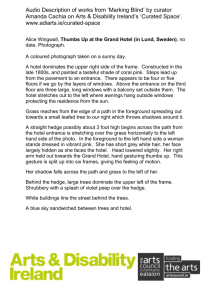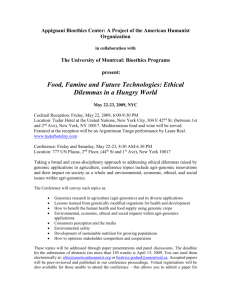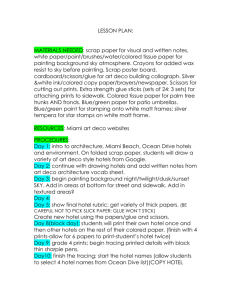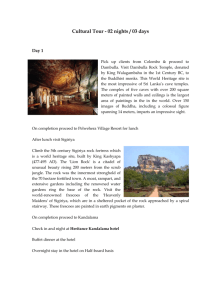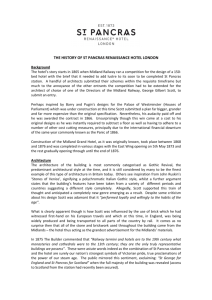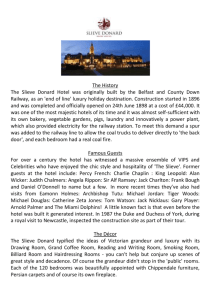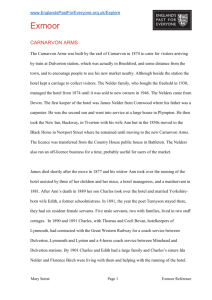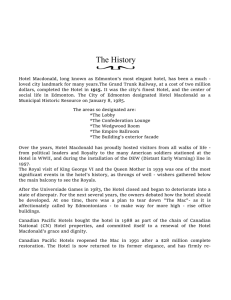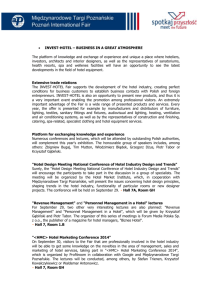Midland Hotel
advertisement
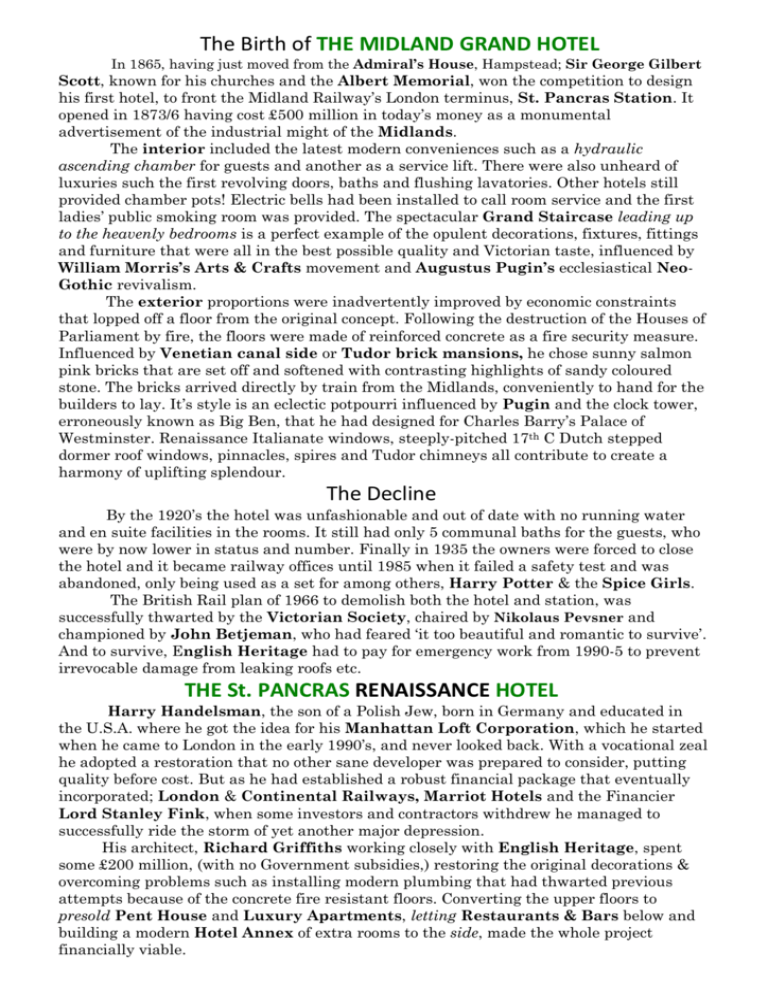
The Birth of THE MIDLAND GRAND HOTEL In 1865, having just moved from the Admiral’s House, Hampstead; Sir George Gilbert Scott, known for his churches and the Albert Memorial, won the competition to design his first hotel, to front the Midland Railway’s London terminus, St. Pancras Station. It opened in 1873/6 having cost £500 million in today’s money as a monumental advertisement of the industrial might of the Midlands. The interior included the latest modern conveniences such as a hydraulic ascending chamber for guests and another as a service lift. There were also unheard of luxuries such the first revolving doors, baths and flushing lavatories. Other hotels still provided chamber pots! Electric bells had been installed to call room service and the first ladies’ public smoking room was provided. The spectacular Grand Staircase leading up to the heavenly bedrooms is a perfect example of the opulent decorations, fixtures, fittings and furniture that were all in the best possible quality and Victorian taste, influenced by William Morris’s Arts & Crafts movement and Augustus Pugin’s ecclesiastical NeoGothic revivalism. The exterior proportions were inadvertently improved by economic constraints that lopped off a floor from the original concept. Following the destruction of the Houses of Parliament by fire, the floors were made of reinforced concrete as a fire security measure. Influenced by Venetian canal side or Tudor brick mansions, he chose sunny salmon pink bricks that are set off and softened with contrasting highlights of sandy coloured stone. The bricks arrived directly by train from the Midlands, conveniently to hand for the builders to lay. It’s style is an eclectic potpourri influenced by Pugin and the clock tower, erroneously known as Big Ben, that he had designed for Charles Barry’s Palace of Westminster. Renaissance Italianate windows, steeply-pitched 17th C Dutch stepped dormer roof windows, pinnacles, spires and Tudor chimneys all contribute to create a harmony of uplifting splendour. The Decline By the 1920’s the hotel was unfashionable and out of date with no running water and en suite facilities in the rooms. It still had only 5 communal baths for the guests, who were by now lower in status and number. Finally in 1935 the owners were forced to close the hotel and it became railway offices until 1985 when it failed a safety test and was abandoned, only being used as a set for among others, Harry Potter & the Spice Girls. The British Rail plan of 1966 to demolish both the hotel and station, was successfully thwarted by the Victorian Society, chaired by Nikolaus Pevsner and championed by John Betjeman, who had feared ‘it too beautiful and romantic to survive’. And to survive, English Heritage had to pay for emergency work from 1990-5 to prevent irrevocable damage from leaking roofs etc. THE St. PANCRAS RENAISSANCE HOTEL Harry Handelsman, the son of a Polish Jew, born in Germany and educated in the U.S.A. where he got the idea for his Manhattan Loft Corporation, which he started when he came to London in the early 1990’s, and never looked back. With a vocational zeal he adopted a restoration that no other sane developer was prepared to consider, putting quality before cost. But as he had established a robust financial package that eventually incorporated; London & Continental Railways, Marriot Hotels and the Financier Lord Stanley Fink, when some investors and contractors withdrew he managed to successfully ride the storm of yet another major depression. His architect, Richard Griffiths working closely with English Heritage, spent some £200 million, (with no Government subsidies,) restoring the original decorations & overcoming problems such as installing modern plumbing that had thwarted previous attempts because of the concrete fire resistant floors. Converting the upper floors to presold Pent House and Luxury Apartments, letting Restaurants & Bars below and building a modern Hotel Annex of extra rooms to the side, made the whole project financially viable. .







